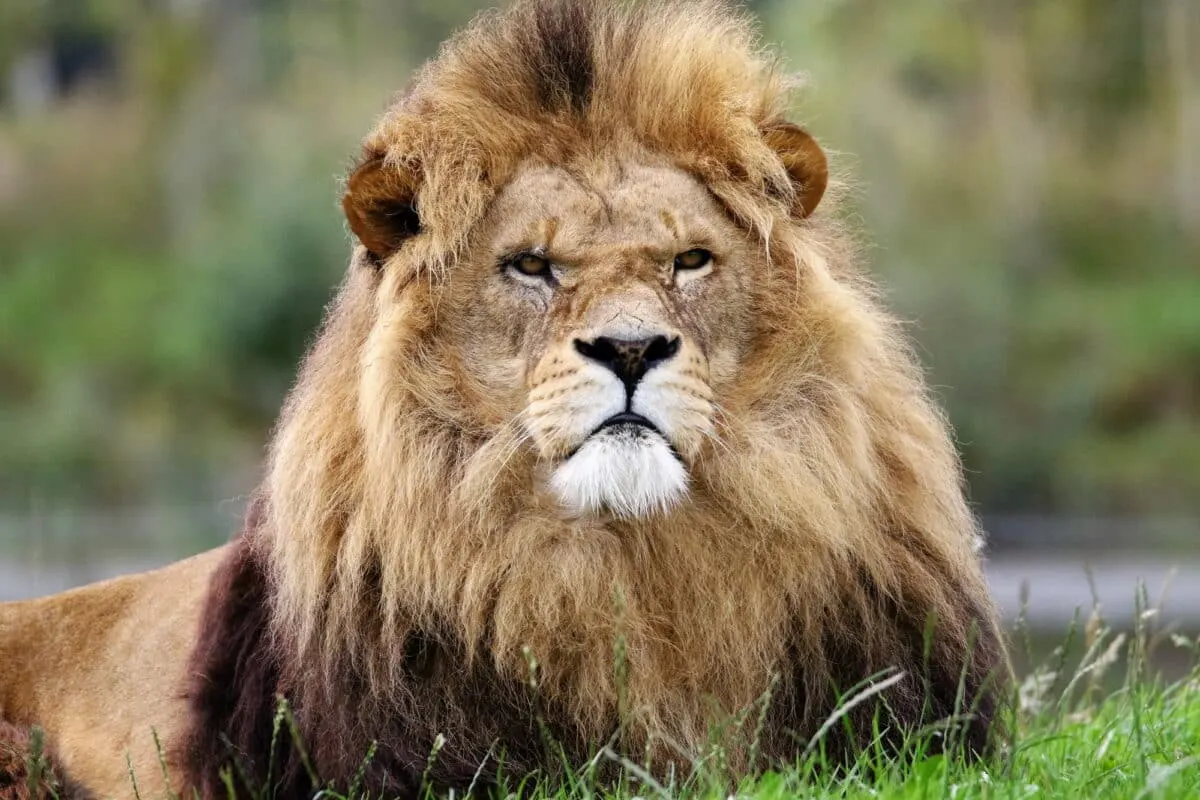Meet Samson, a true giant among lions. Forget the clichés; this feline behemoth wasn’t just king of the jungle but a legend in his own right. Weighing in at a staggering 900 pounds, Samson was no ordinary lion; he was a majestic marvel, an embodiment of power and grace.
Samson’s colossal stature wasn’t just for show. His extraordinary genetics gifted him with unparalleled size, strength, and an impressive mane that commanded respect. In the world of lions, size matters, and Samson was a living testament to this fact.
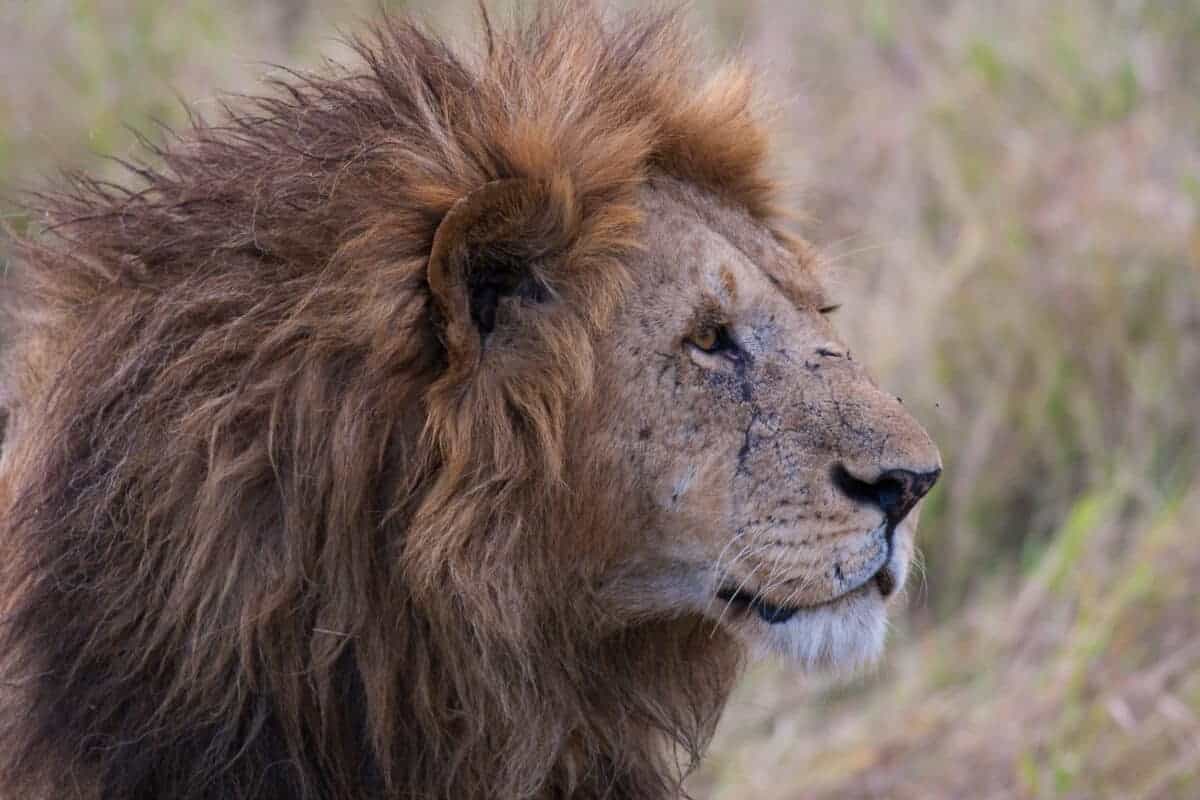
In the cutthroat world of lion hierarchy, bigger is indeed better. Larger lions like Samson held the keys to the pride kingdom. Their imposing presence allowed them to dominate and secure their position as the alpha male, ensuring their access to the choicest resources and their survival in the unforgiving wild. Size, in Samson’s case, truly equaled supremacy.
Key Points
| Samson’s incredible story has also highlighted the importance of conservation efforts. Conservationists worldwide are making significant efforts to protect the remaining lion populations through various measures such as habitat protection, anti-poaching campaigns, and breeding programs. |
| Among the various subspecies, a male called Samson was the largest lion ever recorded. Samson was a majestic creature weighing over 900 pounds, making him one of the largest lions in history. |
| Conversely, smaller lions may need help to access resources and maintain their position within the pride. They are often less successful in fending off rival males and mating with females, which can lead to their eventual expulsion from the pride. |
| Samson’s story, while incredible, has also highlighted the importance of conservation efforts. Conservationists worldwide are making significant efforts to protect the remaining lion populations through various measures such as habitat protection, anti-poaching campaigns, and breeding programs. |
| They are often less successful in fending off rival males and mating with females, which can lead to their eventual expulsion from the pride. |
Want to jump ahead? Click below
Samson: The Largest Lion In History
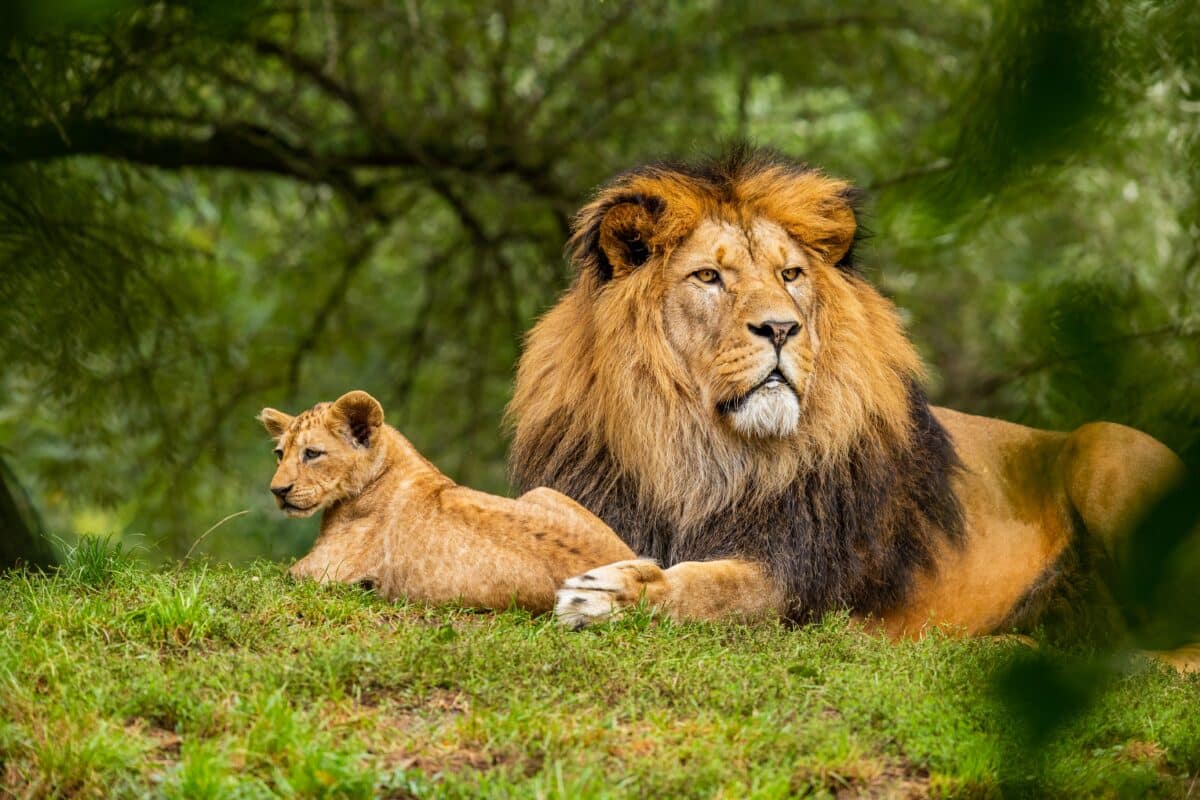
The lion is undoubtedly one of the most fascinating creatures on earth. Samson is the largest lion ever recorded among its various subspecies. Samson was a male with unique genetic variations that resulted in his enormous size, strength, and a significant amount of hair on his neck and head, known as the mane.
Physical Characteristics Of Samson
Samson was a majestic animal with a weight of over 900 pounds. He possessed unique physical characteristics that made him stand out from other lions. His massive size made him one of the largest lions in history, and his enormous strength made him capable of overpowering almost any prey. However, it was his remarkable mane that made him truly unique. Samson’s mane was so prominent and thick that it covered almost his entire chest and flowed down to his belly.
Scientists believe Samson’s unique genetic variations were responsible for his exceptional physical attributes. For example, he had a higher-than-average level of testosterone, which explains his substantial mane. A lion’s mane indicates its dominance, and in the wild, the larger the mane, the more dominant the lion. Samson’s massive mane created an intimidating presence, which made him stand out from the rest, and therefore, he was more likely to prevail over the other males during fights and become the dominant male of his pride.
Samson’s Size And Its Role In His Survival
The size of a lion plays an integral part in its survival in the wild. The larger the lion, the higher up in the hierarchy it stands. In pride, the dominant male is the one that gets to mate with the females and secure the best resources, such as fresh kills, water sources, and territory. With his enormous size and substantial mane, Samson stood a much better chance of becoming the dominant male of his pride than other lions. His size was a potent physical attribute that made him stand out and earned him the prestige and respect of the other lions.
Samson’s size also allowed him to overpower almost any prey. Lions hunt in groups, working together to bring down their prey. However, it takes a stronger and more massive lion to grab and hold them down for larger animals like buffalos or elephants. Samson’s size and strength gave him a distinct advantage in such situations, which increased his chances of survival.
The Role of Size in Lion Survival: How Lion’s Size Determines Its Success
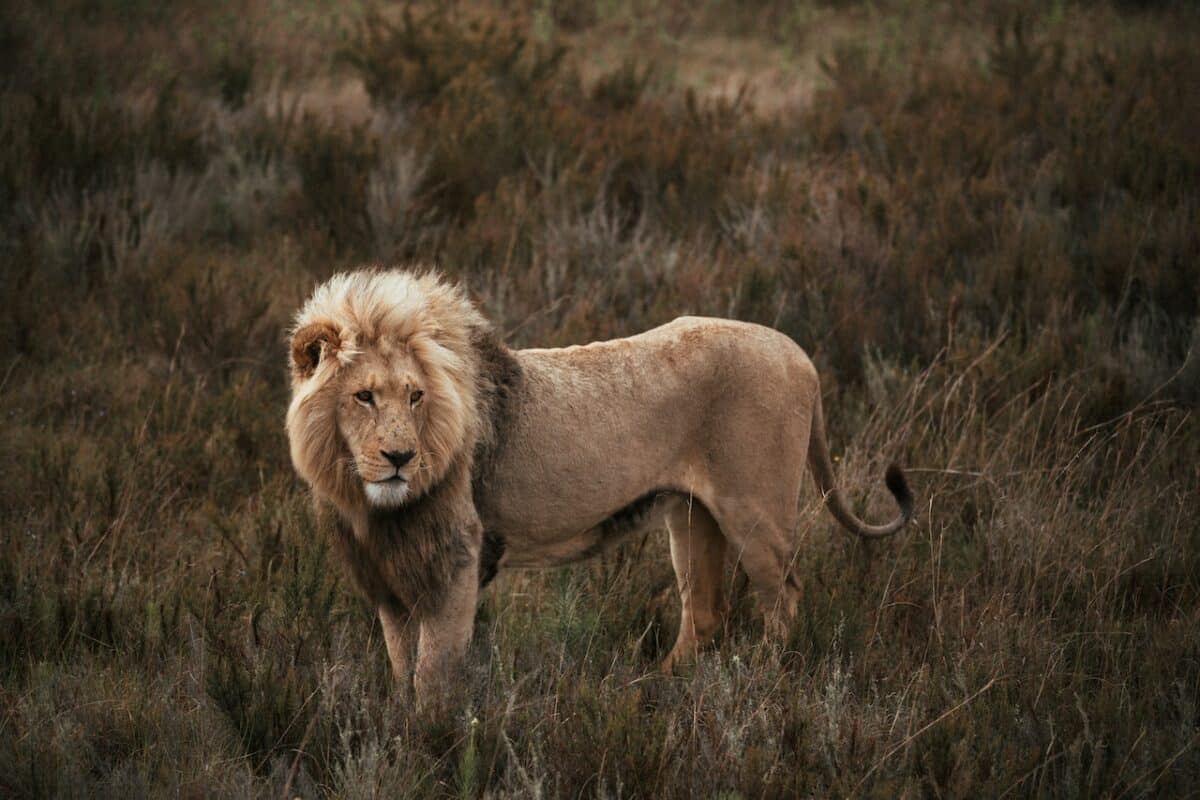
Lions are often called the king of the jungle for a good reason. These majestic creatures are known for their impressive size and strength, which are crucial to their survival.
The Hierarchy Within Lion Prides
Lion Prides is a complex social structure that relies heavily on a hierarchy. At the top of this hierarchy is the dominant male, responsible for protecting the pride and ensuring their access to resources, such as food and breeding opportunities. Dominant males achieve this by using their size and strength to fend off rival males and secure their position as the leader of the pride.
Importance Of Size
Size plays a crucial role in a lion’s ability to secure its position as the dominant male. Generally, larger lions are more successful in this regard, as they possess greater physical strength, which allows them to fend off rival males and maintain control of the pride. In addition, larger lions are more likely to succeed in mating with females, further cementing their position as the leader of the pride.
Contrasting With Smaller Lions
Conversely, smaller lions may need help to gain access to resources and maintain their position within the pride. They are often less successful in fending off rival males and mating with females, which can lead to their eventual expulsion from the pride. As a result, smaller lions are more likely to live a solitary life or form coalitions with other males to increase their chances of survival.
Enormous Impact Of Samson’s Size On Lion Conservation Efforts
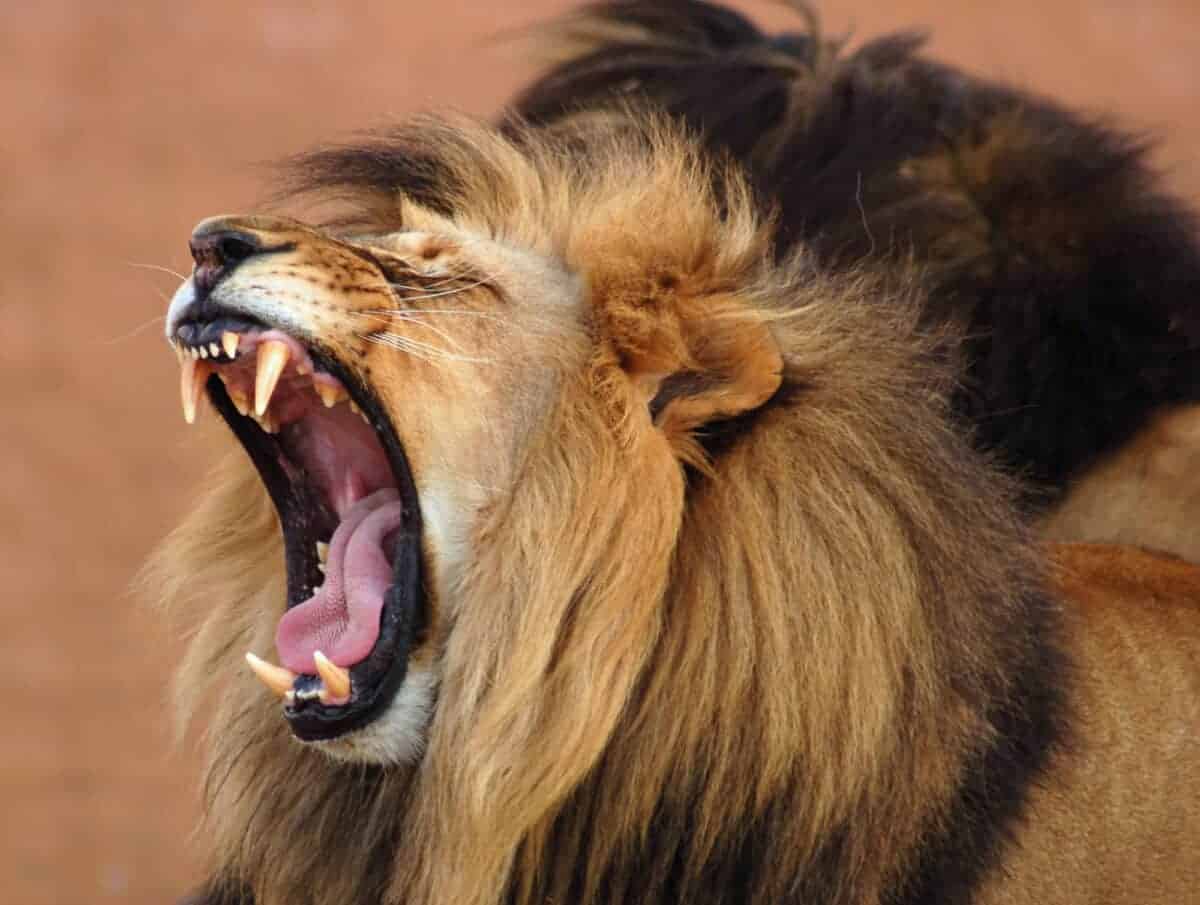
The story of Samson, the largest lion ever recorded, is undoubtedly extraordinary. Samson’s massive size and impressive mane have made him an iconic figure in the animal kingdom, and his legacy has not escaped the notice of conservationists and wildlife enthusiasts.
- Samson’s Record-Breaking Size Brings Attention To Lion Conservation
Samson’s size and unique genetic variations have brought much attention to lion conservation efforts. Conservationists have used his story as an example of the incredible diversity in the animal kingdom and the importance of maintaining it. Samson’s story has also demonstrated the fragility of lion populations worldwide, making the case for their conservation more apparent.
- How Poaching And Habitat Loss Affect Larger Lions
Lion populations worldwide have experienced significant declines over the past few decades, with poaching and habitat loss as primary drivers. Poaching of lions for their skins, bones, and body parts is a widespread practice in some parts of the world, particularly in Africa and Asia. These acts of poaching and hunting, combined with habitat loss, have negatively impacted the survival of lion populations.
Furthermore, studies have found that larger lions are more severely affected by poaching and habitat loss than their smaller counterparts. Larger lions require more significant territories to hunt and thrive, so their survival depends on the availability of these territories. With habitat loss and poaching, these territories become more limited, leaving the lions little chance of survival.
The Importance of Conservation Efforts
Samson’s incredible story has also highlighted the importance of conservation efforts. Conservationists worldwide are making significant efforts to protect the remaining lion populations through various measures such as habitat protection, anti-poaching campaigns, and breeding programs.
The conservation of lions and all wildlife is crucial to maintaining our ecosystem. Lions play a critical role in balancing the food chain in their ecosystems. Their loss would devastate their habitats, including the loss of plant and animal species.
FAQs
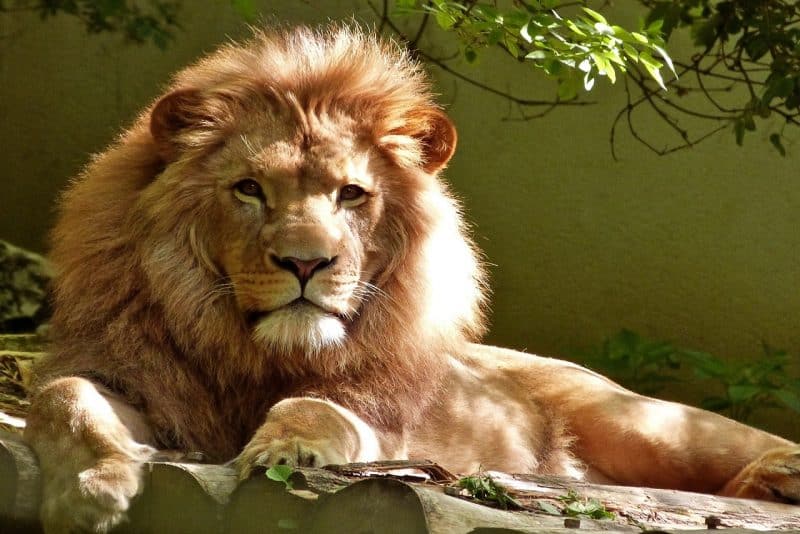
What is the size of the largest lion on record?
The largest lion on record was a male weighing 826 pounds, standing 4 feet tall at the shoulders. Its size was due to a combination of genetics and favorable living conditions.
How does the size of the largest lion affect its hunting abilities?
The larger size of the largest lion allows it to take down larger prey, such as buffalo and elephants, with ease. However, it also requires more food to sustain its body mass, making it more vulnerable during periods of scarcity.
Are there any unique physical characteristics of the largest lion that set it apart from its smaller counterparts?
Due to its size, the largest lion may have a thicker mane, larger paws, and a deeper roar. Additionally, it may have a unique pattern on its fur, different from that of smaller lions. These physical differences are a result of genetic variations.
Wrapping Up with the Largest Lion
The largest lion is a truly magnificent beast, with its enormous size and majestic presence, making it one of the most awe-inspiring creatures one can ever witness. Though rare, these larger subspecies play a crucial role in their species’ survival by ensuring their ancestors’ continued success.
These magnificent creatures are truly one of a kind, with unique genetic variations that result in their enormous size and strength. As we strive to protect and conserve these beautiful beasts, we must continue studying and learning more about them to continue to appreciate their beauty and importance in the animal kingdom.
Next up:
- Discover The Largest Saber-Toothed Tiger
- Discovering The Majesty of The Largest North American Black Bear
Join our Forum for free today!

- Beachgoers Save Massive Shark Stranded In Florida - July 22, 2024
- Pit Bull Rescued From Being Chained Its Whole Life Gets A Surprise - July 21, 2024
- Dog With Zoomies Takes Flight Into Barley Field - July 21, 2024

